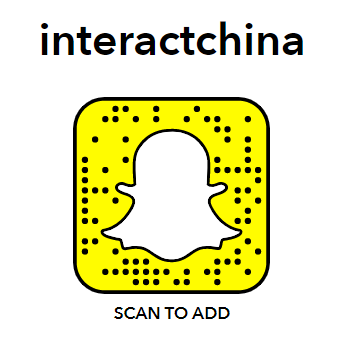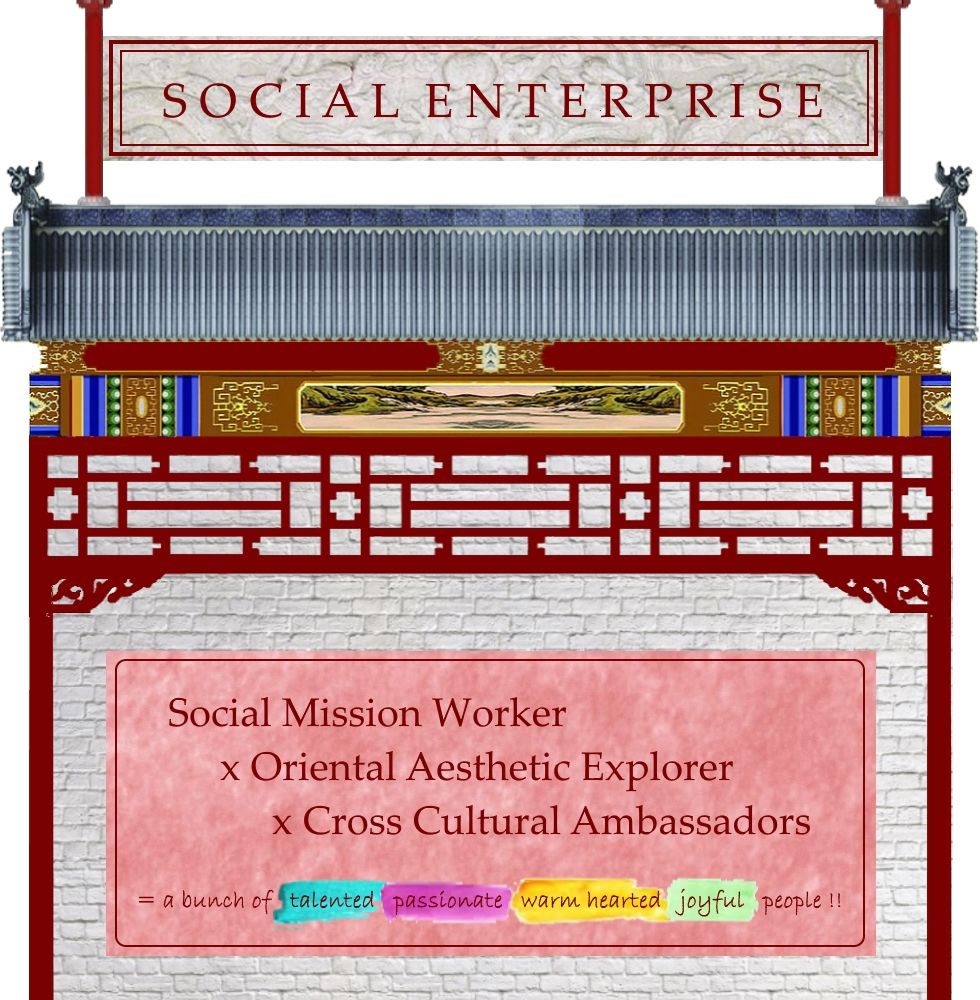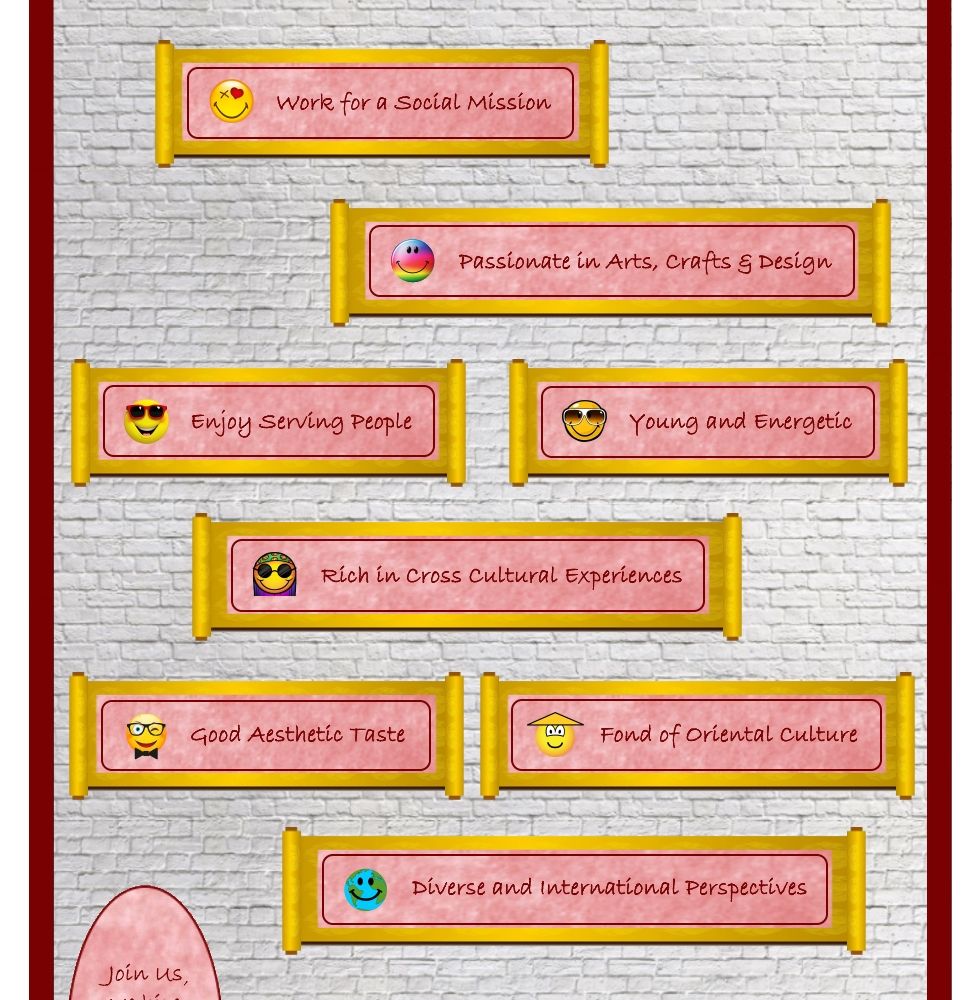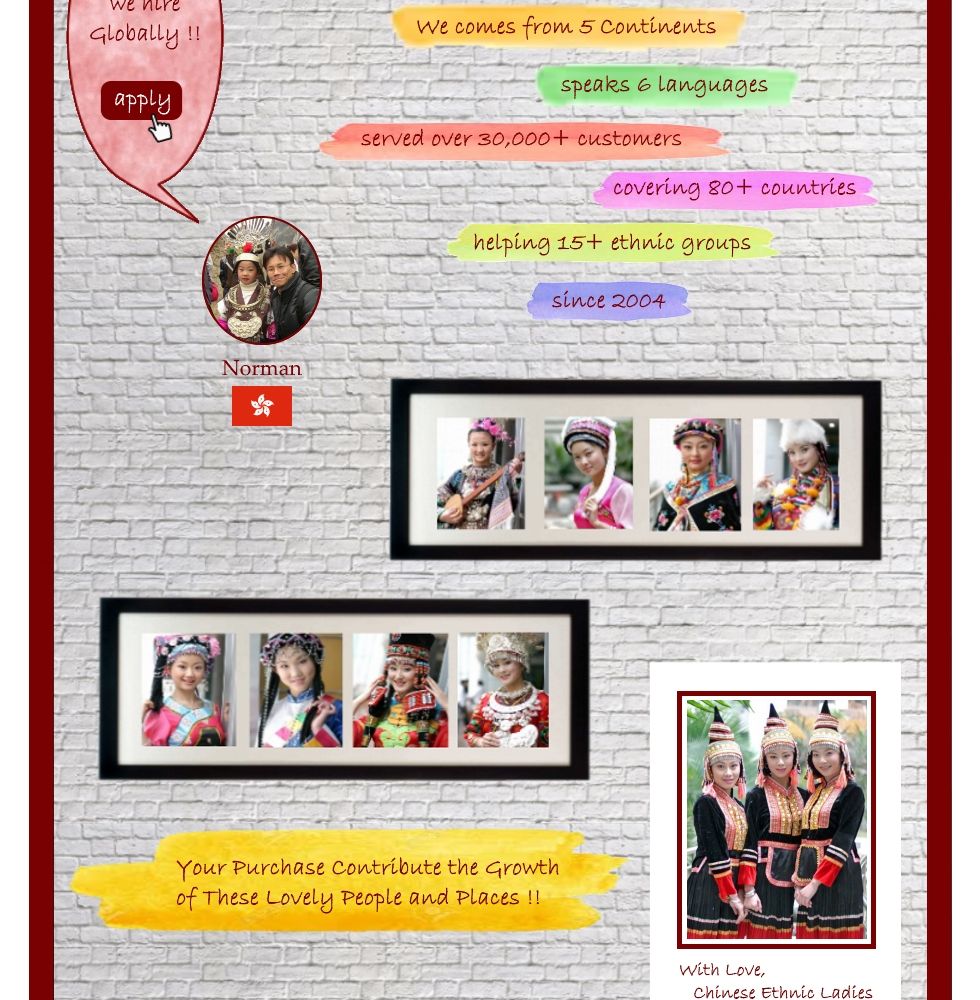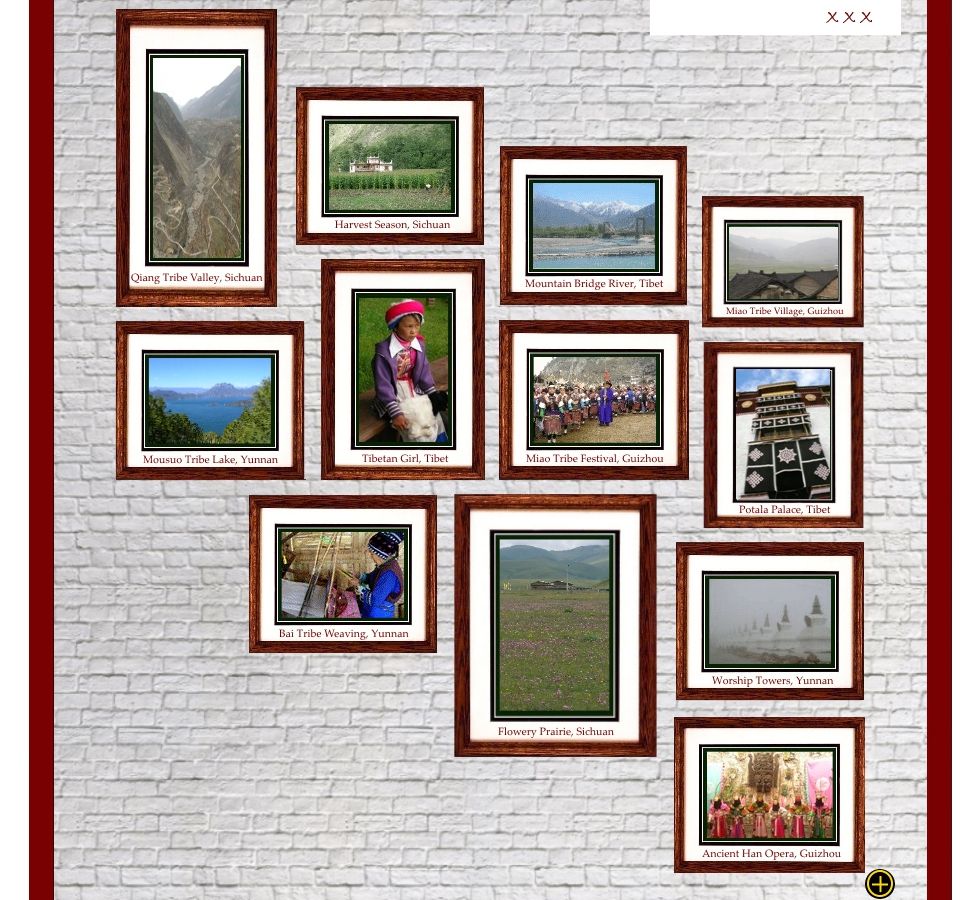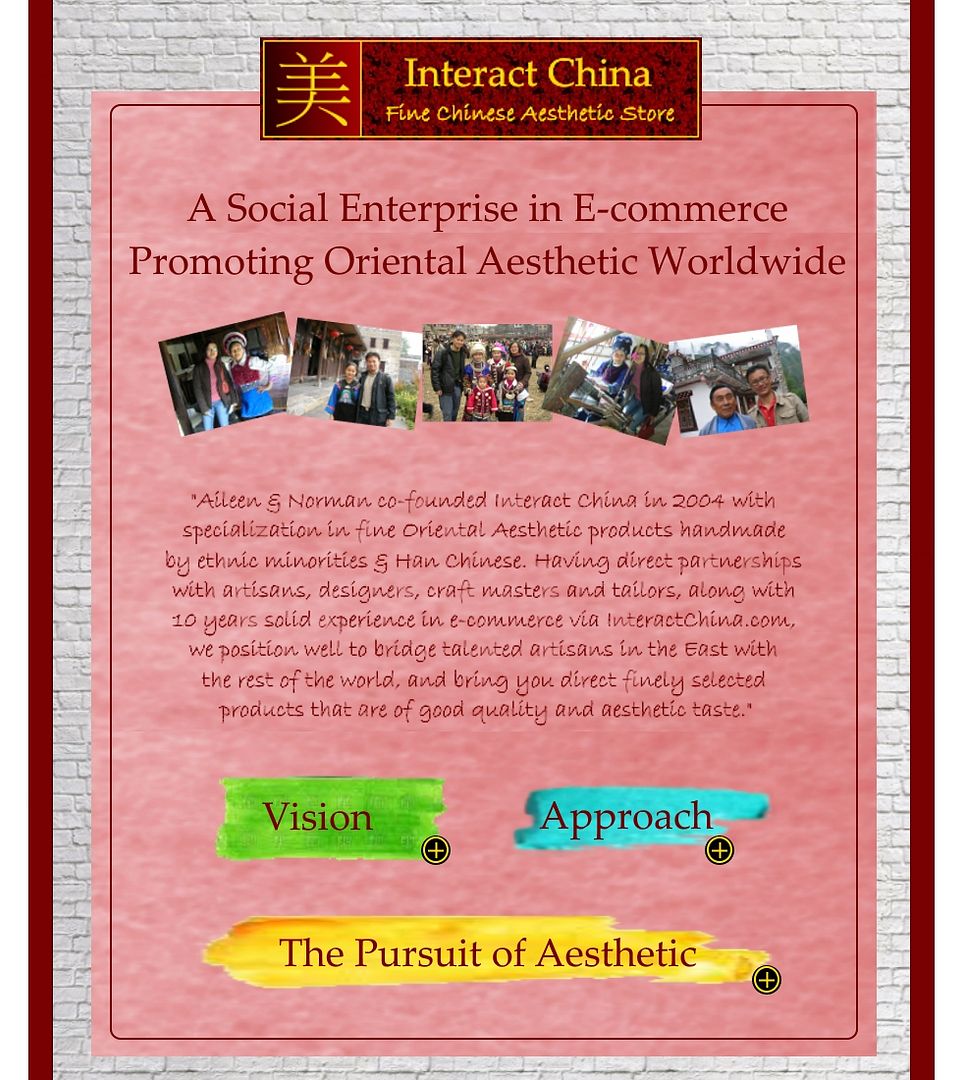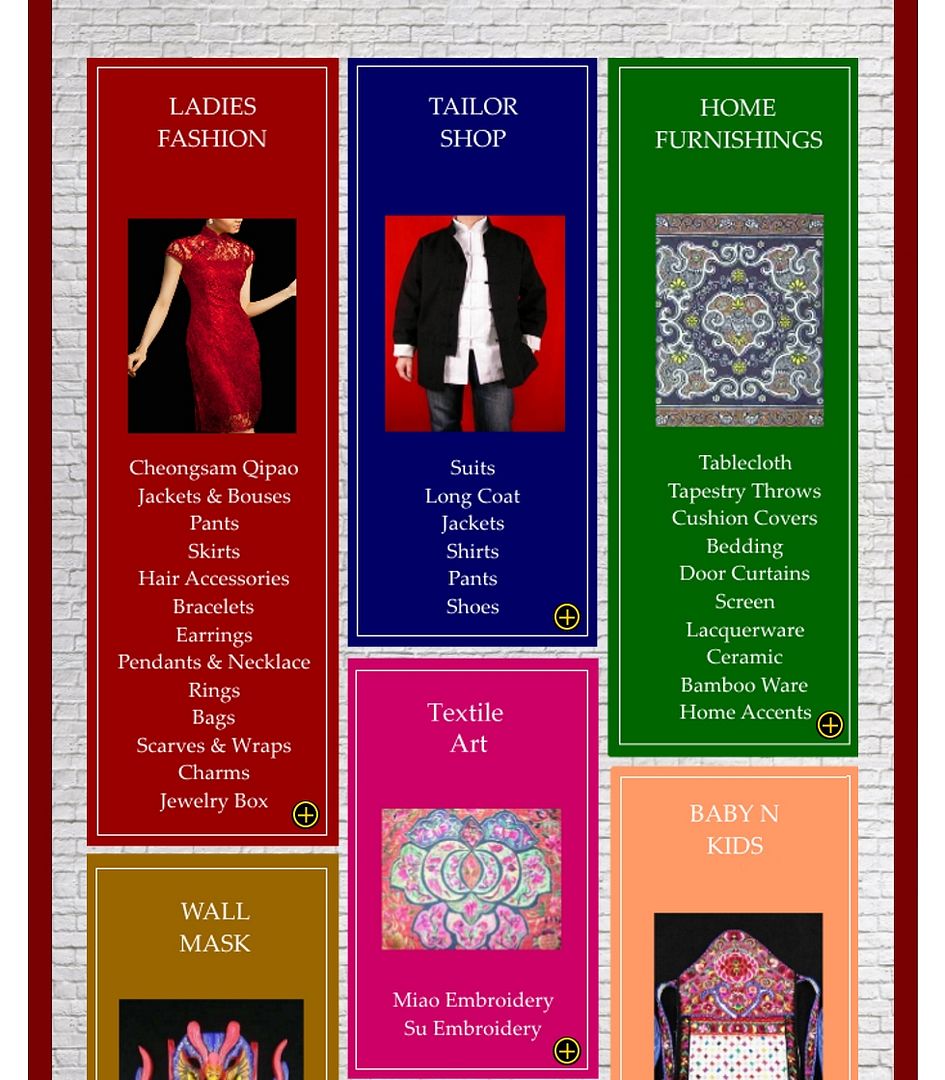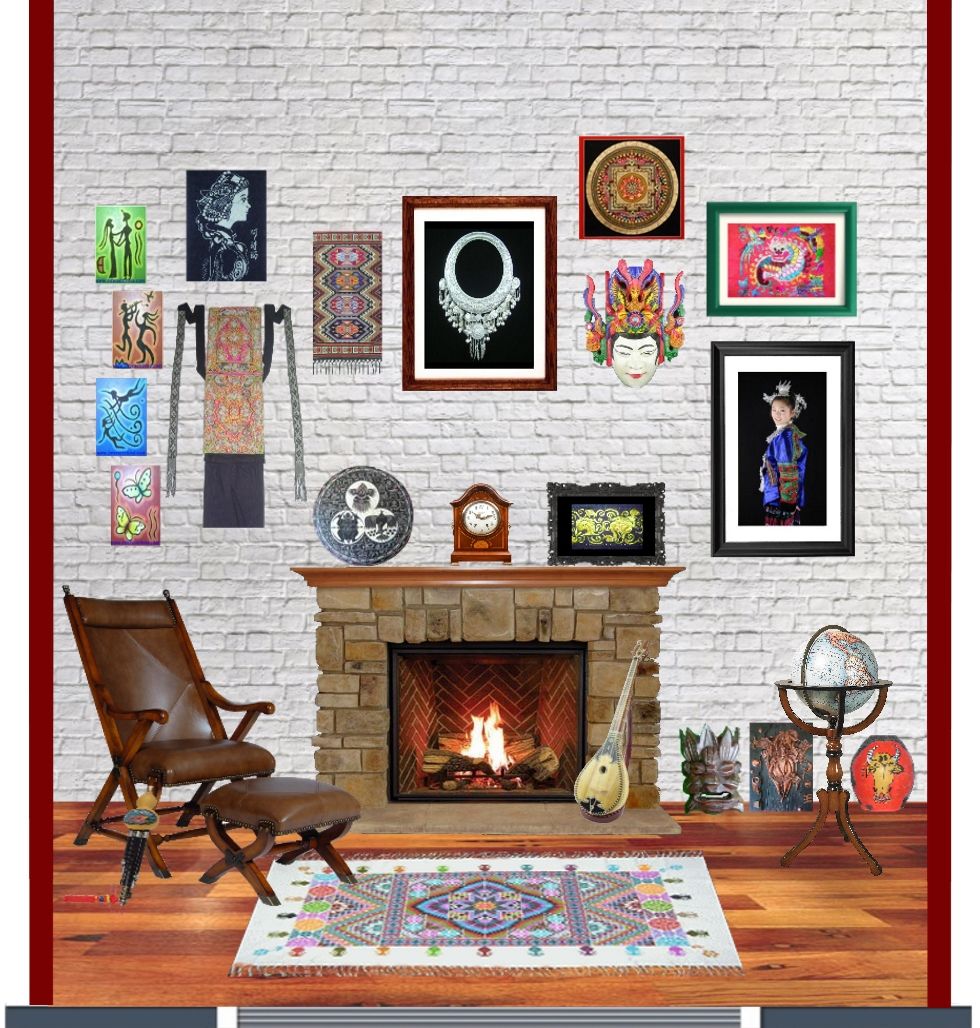Hmong Miao Embroidered Mei Tai Baby Carrier – Art? Yes, but Love is More
9th Jun 2017
Because of the elaborate design and incredible embroidery techniques, baby carriers of Hmong Miao ethnic people are now prized by primitive artists and tribal arts textile enthusiasts.
Hmong Miao women living in Southwest China are exquisite creators of textiles. From the age of 5 or 6, they begin to learn needlework, continuing through to their teens. At that time, they make their wedding dresses, baby carriers, and baby clothes. When they reach middle age, they continue to make clothes for their descendants, and they never stop sewing and embroidering.
Expression of Love through Baby Carrier
Embroidery was a symbol of femininity and feminine accomplishment in Hmong Miao ethnic tribes. Every stitch and thread of a mother’s embroidery work on children’s hats, bibs, shoes, clothes, and baby carriers is the deepest expression of a mother’s affectionate embrace to her child.


A Miao/Hmong friend once told me that the most touching scene he had ever observed was that of his mother sewing and mending for her children under the pale glow of a lamp. This memory echoes a well-known poem by Meng Jiao, the great poet in Tang Dynasty (AD 751- AD 814).
Thread in the hands of a loving mother
Turns to clothes on the traveling son

With a unique emotional message, the baby carrier expresses the love of a mother for her child and her hopes for the future. It is a symbolic extension of the umbilical cord. A line from a poem states parents willingly work as hard as oxen for their children. Baby carrier is a testament to the dedication of the mother to the child.
Always Ready to Be a Good Mother
Hmong Miao women lavish particular attention on their baby carriers. But many carriers are not created after they get married or have a baby. Prior to getting married, a Miao/Hmong girl begins designing and making a baby carrier, baby clothes and wedding clothes. The entire process of raising silkworms, producing silk, embroidering, doing patchwork, dyeing, and designing are very refined.
It is said that, Women learn to make batik and embroidery from an early age, and they achieve their social status in this fashion. The girl who can weave and embroider special patterns is seen to be hardworking and extraordinary intelligent, and she will become the most sought after bride in the community. Therefore, in some villages, a girl may wear her baby carrier to market events, showing off her work to potential suitors. Her handiwork is an artistic representation of her individuality and creativity.
   |
by Xiao Xiao @ InteractChina.com
About Interact China
-----------------------------------------------------------------------------------------------------------------------------
"A Social Enterprise in E-commerce Promoting Oriental Aesthetic Worldwide"
Aileen & Norman co-founded Interact China in 2004 with specialization in fine Oriental Aesthetic products handmade by ethnic minorities & Han Chinese. Having direct partnerships with artisans, designers, craft masters and tailors, along with 10 years solid experience in e-commerce via InteractChina.com, we position well to bridge talented artisans in the East with the rest of the world, and bring you direct finely selected products that are of good quality and aesthetic taste.
So far we carry 2000+ goods covering Ladies Fashion, Tailor Shop, Home Furnishings, Babies & Kids, Painting Arts, Textile Arts, Carving Arts, Tribal Jewelry Art, Wall Masks and Musical Instruments. Our team speak English, French, German, Spanish and Italian, and serve customers worldwide with passion and hearts.
-----------------------------------------------------------------------------------------------------------------------------
P.S. We Need People with Similar Passion to Join Our Blogging Team!
If you have passion to write about Oriental Aesthetic in Fashion, Home Decor, Art & Crafts, Culture, Music, Books, and Charity, please contact us at bloggers@interactchina.com, we would love to hear from you!






